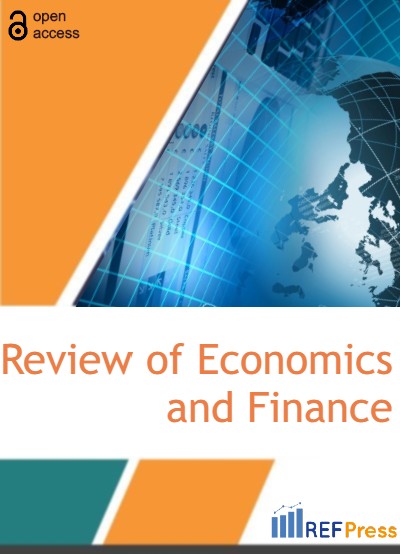
Do Consumer Loans Really Lead to Debt Traps? Empirical Evidence from Armenia
(Pages 886-894)Tigran Gabrielyan*
Yerevan State University, Alek Manukyan St, Yerevan, Armenia.
DOI: https://doi.org/10.55365/1923.x2022.20.100
Abstract:
Loans may be a driving factor in economic growth, having their usage in almost every sector and level of the economy, but they can also be harmful – especially to individuals who are already financially vulnerable. In Armenia, users of consumer loans are at a high risk of falling into a debt trap – forced to take out another loan or extend the duration of the existing loan, thereby turning a short-term consumer loan into a long-term liability. The aim of this study was to investigate debt traps in Armenia and a survey among users of consumer loans was conducted and analysed using logistic regression. The results showed that a significant amount of borrowers fall into a debt trap, while a large portion are at a high risk of falling into one. The main factors contributing to a debt trap were the duration and interest rate of the loan, as well as the family size of the borrowers. Falling into a debt trap was strongly correlated with a short loan duration - those with a loan that had a repayment period of 6 months or less were at the highest risk. Furthermore, a significant percentage of those in a debt trap had taken out a consumer loan mainly for non-essential purchases. The author suggests regulating loan durations for high-risk individuals and raising financial awareness to discourage the use of consumer loans for the purchase of non-essential goods.
Keywords:
Debt trap, consumer loan, interest rate cap, usury ceiling, consumer protection.
JEL Classification:
D14, D18, G21, G28.
How to Cite:
Tigran Gabrielyan. Do Consumer Loans Really Lead to Debt Traps? Empirical Evidence from Armenia. [ref]: vol.20.2022. available at: https://refpress.org/ref-vol20-a100/
Licensee REF Press This is an open access article licensed under the terms of the Creative Commons Attribution Non-Commercial License (http://creativecommons.org/licenses/by-nc/3.0/) which permits unrestricted, non-commercial use, distribution and reproduction in any medium, provided the work is properly cited.
